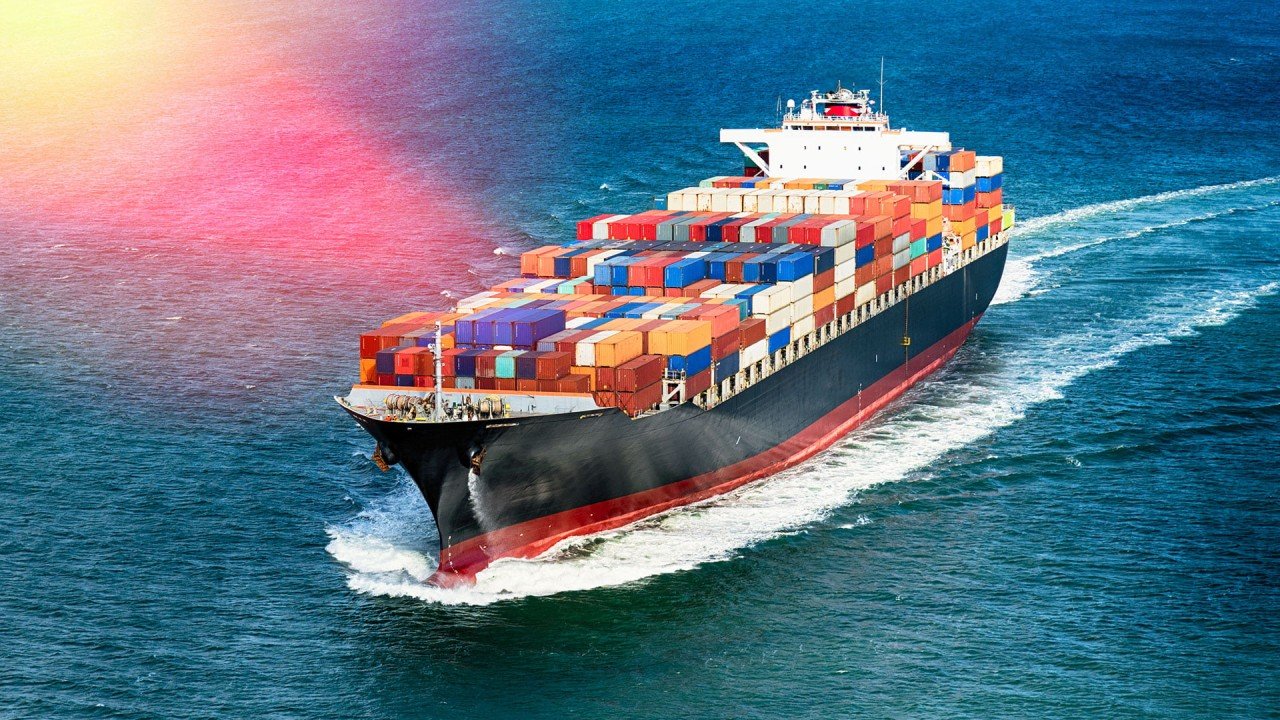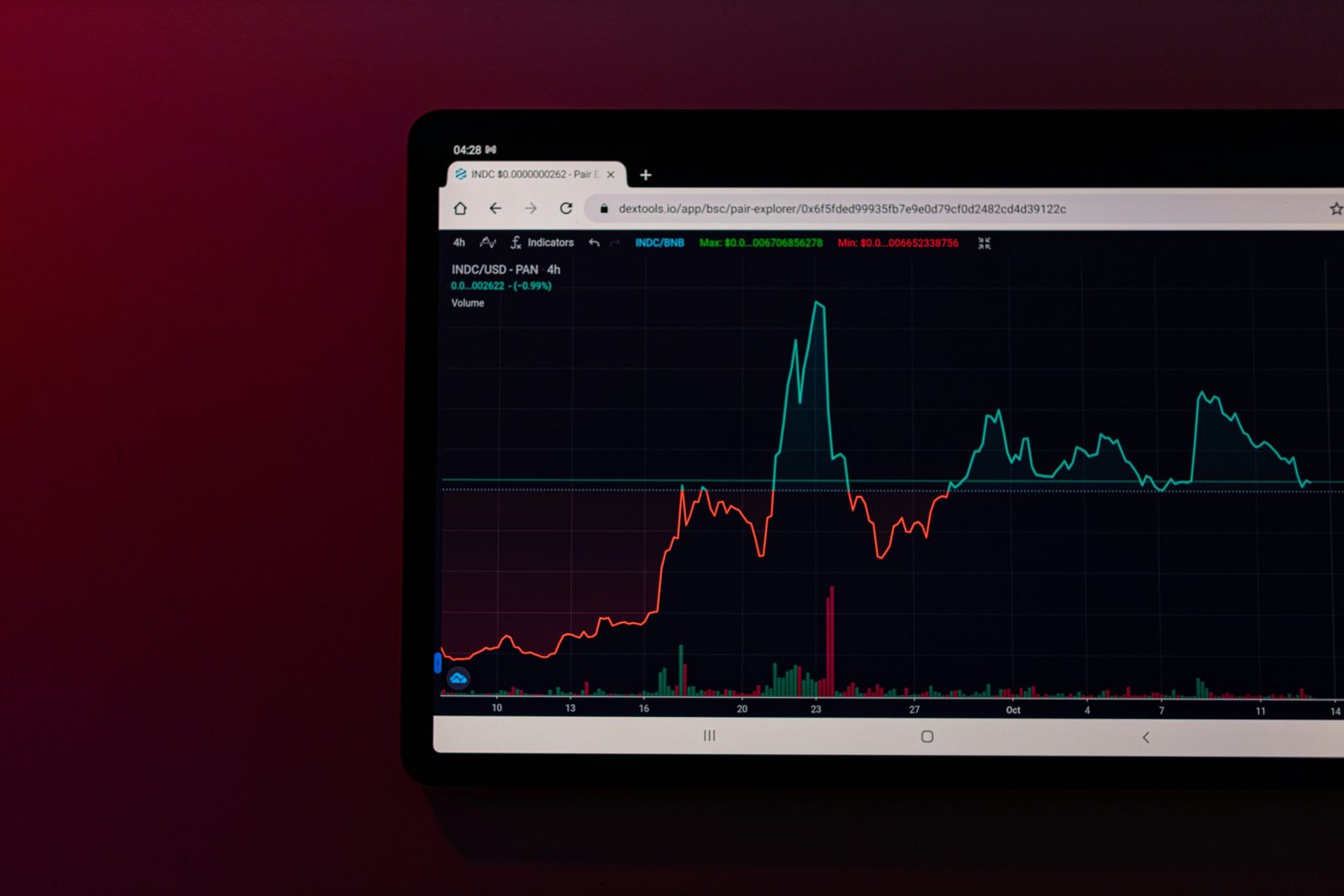In the world of international trade, the seamless movement of goods is essential to meeting the demands of businesses and consumers. Among the various modes of transportation, sea freight has remained the most reliable and cost-effective solution for transporting large volumes of goods across vast distances.
While air freight offers speed and road transport ensures flexibility, sea freight stands out for its unmatched capacity, economic efficiency, and environmental benefits. In this blog, we explore the significance of sea freight and why businesses should consider leveraging it for global trade through modern ocean freight solutions.
A Historical Perspective on Sea Freight
For centuries, sea freight has been the backbone of global trade. Ancient civilizations relied on maritime routes to exchange goods such as spices, textiles, and precious metals. Over time, technological advancements transformed shipping into a highly sophisticated and structured industry.
Today, ocean freight plays a pivotal role in modern supply chains, connecting manufacturers, retailers, and consumers across the world. The industry has evolved to incorporate standardized containers, advanced tracking systems, and a global network of ports, making it the preferred mode of transport for international commerce.
Why Sea Freight is Indispensable
Sea freight continues to dominate international trade for several compelling reasons:
- Cost-Effective Solution
Shipping goods via sea is one of the most economical methods for transporting large quantities of products. Businesses benefit from reduced costs, especially when using Full Container Load (FCL) services for bulk shipments. - Unmatched Capacity
Cargo ships have the capacity to carry thousands of containers in a single voyage, making them ideal for transporting heavy or oversized items such as machinery, vehicles, and raw materials. - Global Connectivity
The extensive network of sea routes ensures that goods can reach even the most remote markets. Ports worldwide serve as vital hubs, facilitating smooth transitions between different modes of transport. - Eco-Friendly Transportation
While no form of transportation is entirely free of environmental impact, sea freight remains more sustainable than air transport. Modern shipping companies are taking significant steps to adopt greener practices, further reducing their carbon footprint.
FCL vs. LCL: Choosing the Right Option
Businesses shipping goods via sea freight often choose between Full Container Load (FCL) and Less-than-Container Load (LCL):
- FCL Shipping: Ideal for businesses with large shipments, FCL provides exclusive use of a container, ensuring greater control over transit times and cargo handling.
- LCL Shipping: For smaller shipments, LCL allows multiple shippers to share a container, reducing costs while maintaining efficiency.
Selecting the appropriate option depends on factors such as shipment size, budget, and delivery timelines. Leading ocean freight providers guide businesses in making the right choice for their needs.
The Journey of a Sea Freight Shipment
The process of shipping goods via sea freight involves multiple stages, each requiring precision and coordination:
- Booking and Preparation
Businesses book space on a cargo ship and prepare necessary documentation, including invoices, packing lists, and shipping labels. - Loading and Port Operations
At the port of origin, goods are packed into containers and loaded onto the ship. Modern ports use advanced machinery to optimize loading times. - Ocean Transit
During the voyage, cargo ships follow established sea routes. Real-time tracking systems allow businesses to monitor the progress of their shipments. - Customs Clearance
Upon arrival at the destination port, goods are inspected and cleared by customs authorities. Proper documentation ensures a smooth clearance process. - Final Delivery
Once cleared, the shipment is transported to its final destination using road or rail transport, completing the logistics chain.
Technology’s Role in Revolutionizing Sea Freight
The sea freight industry has embraced technology to address the challenges of efficiency, transparency, and sustainability. Innovations such as digital platforms, real-time tracking, and automation have enhanced the overall experience for businesses.
- Real-Time Tracking: Advanced tracking tools allow businesses to stay informed about their shipments, improving planning and decision-making.
- Integrated Platforms: Leading ocean freight solutions offer comprehensive platforms that streamline booking, tracking, and documentation in one place.
- Automation in Ports: Automated systems at ports reduce loading and unloading times, ensuring faster turnarounds.
- AI-Powered Logistics: Artificial Intelligence is used to optimize shipping routes and predict potential delays, enhancing reliability.
Challenges in Sea Freight and How to Overcome Them
While sea freight is efficient and cost-effective, it does come with certain challenges:
- Long Transit Times: Sea freight takes longer compared to air transport, which may not suit businesses with time-sensitive shipments.
- Port Congestion: Busy ports can cause delays, especially during peak shipping seasons.
- Weather-Related Risks: Adverse weather conditions can disrupt shipping schedules.
- Complex Regulations: Navigating customs requirements and trade laws across countries can be daunting.
To address these challenges, businesses can partner with experienced ocean freight providers that offer reliable services, robust tracking systems, and expert guidance on compliance.
Sustainability in Sea Freight
As global trade continues to grow, so does the responsibility to minimize its environmental impact. The shipping industry is making significant strides toward sustainability:
- Fuel Efficiency: Modern vessels are designed to consume less fuel, reducing emissions.
- Alternative Fuels: The adoption of cleaner fuels such as LNG (liquefied natural gas) is gaining traction.
- Carbon Neutral Shipping: Many ocean freight providers offer carbon-offset programs to promote eco-friendly logistics.
By choosing sustainable shipping options, businesses can reduce their carbon footprint while meeting their logistics goals.
Why Partnering with the Right Provider Matters
The success of a sea freight shipment depends on the reliability of the logistics provider. Businesses should consider the following when selecting a partner:
- Global Network: A provider with strong carrier partnerships and access to key ports ensures seamless operations.
- Comprehensive Services: From door-to-door delivery to customs clearance, look for providers offering end-to-end solutions.
- Transparent Pricing: Avoid surprises by choosing providers with clear, all-inclusive pricing models.
- Customer Support: Round-the-clock support is essential for addressing issues and ensuring timely responses.
The Future of Sea Freight
The future of sea freight lies in innovation and sustainability. Emerging technologies such as blockchain, predictive analytics, and autonomous ships are poised to redefine the industry:
- Blockchain for Transparency: Secure, tamper-proof documentation will enhance trust and efficiency in global logistics.
- AI-Driven Optimization: Predictive analytics will allow businesses to plan more effectively, minimizing delays and costs.
- Autonomous Vessels: Self-navigating ships could revolutionize sea freight by reducing labor costs and improving safety.
These advancements will further solidify the role of ocean freight as an essential component of international trade.
Conclusion
Sea freight continues to serve as the backbone of global trade, offering businesses a cost-effective, scalable, and environmentally friendly solution for transporting goods. While challenges exist, advancements in technology and partnerships with reliable providers have made sea freight more accessible and efficient than ever before.
For businesses aiming to expand their global reach, leveraging modern ocean freight solutions is key to navigating the complexities of international shipping. With the industry’s continued evolution, sea freight remains not just a mode of transport, but a gateway to limitless opportunities in global commerce.










